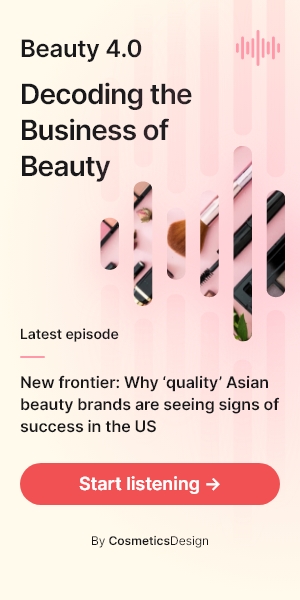Exclusive interview
Hair care in Southeast Asia part 1: Formulations, functionality and a fine balance

Increasingly Southeast Asian consumers are turning their attention from skin care to hair care, encouraging the proliferation of new developments in the category.
Choices create innovation
“There’s growing awareness in Southeast Asia around hair fall, environmental damage and products that promise either quality ingredients or more natural formulations,” Nicole Fall Founder, Asian Consumer Intelligence, commented.
“In tandem, women are either cutting their hair shorter, dyeing it for the first time, wearing hijabs which creates malodour problems, or looking for products that impart a long-lasting scent,” she added.
This demand stems from the emerging middle classes in countries such as Thailand and Indonesia, as this demographic has more disposable income to spend on personal care.
As a result, consumers of today are opting for personal and specific buys, opting for brand choice instead of purchasing sachets or family-sized bottles of shampoo that can be used by the whole family.
Sniffing out a solution
Common concerns in Southeast Asia’s humid climate include “hair fall, greasiness and pollution damage”. Therefore, the quest for hair care products that offer “a great scent, promise benefits and deliver shine has heightened”.
The silicone-free concepts or those items that are free from a specific ingredient are also on the rise as consumers are keen to avoid problematic hair care issues.
These drivers resonate with consumers in Southeast Asia through both online and offline marketing efforts. Both physical-space and digital retailers are “helping to evolve and educate consumers”, along with the brands themselves.
In today’s hair care market, “an issue like excessive hair fall is as serious as acne", Fall suggested. In the hair care space it is now “a fine balance between keeping hair looking good as well as solving scalp issues”, especially as consumers seek a problem-solving hair care product that aesthetically pleases. A good hair day is projected as being key for confidence when it comes to hair care.
Adding to the hair care routine
Currently, the biggest trends in the hair care market in Southeast Asia surround the introduction of more steps. Fall noted that, for example, in the last six to nine months, there has been the development of a new wave of hair serums and oils.
“These tend to be post-wash treatments designed to add moisture to dry hair,” Fall observed. As a result the global multifunctionality trend is having an impact on the hair care sector as it witnesses a crossover of ingredients and benefits across sectors. Hair care, in particular, has been “highly influenced by skin care”.
“Overall, Asian consumers seek hydration claims from their skin care products and it’s no surprise to see this particular demand make its way over to the hair care category,” Fall emphasised.
Premium and salon influence
Rather than one big opportunity for brands, Fall highlighted that brands can really focus on a number of areas, including the premiumisation of ingredients in hair care formulations.
‘Naturally’ positioned brands, through the use of macadamia oils or the resurgence of Argan oil, are evolving to create a high-end message.
In some parts of Southeast Asia, such as Malaysia and Singapore, consumers also have an array of salons to choose from that offer scalp specific treatments. This abundance is in addition to “affordable salon-style cleansing and moisturising treatments”, that can be conducted conveniently at-home.
“This provides brands with more opportunities to educate the hair stylists who are, in turn, influencing the consumers,” Fall continued.
The second part of our interview on hair care in Southeast Asia will be published on Wednesday 11th October 2017.














